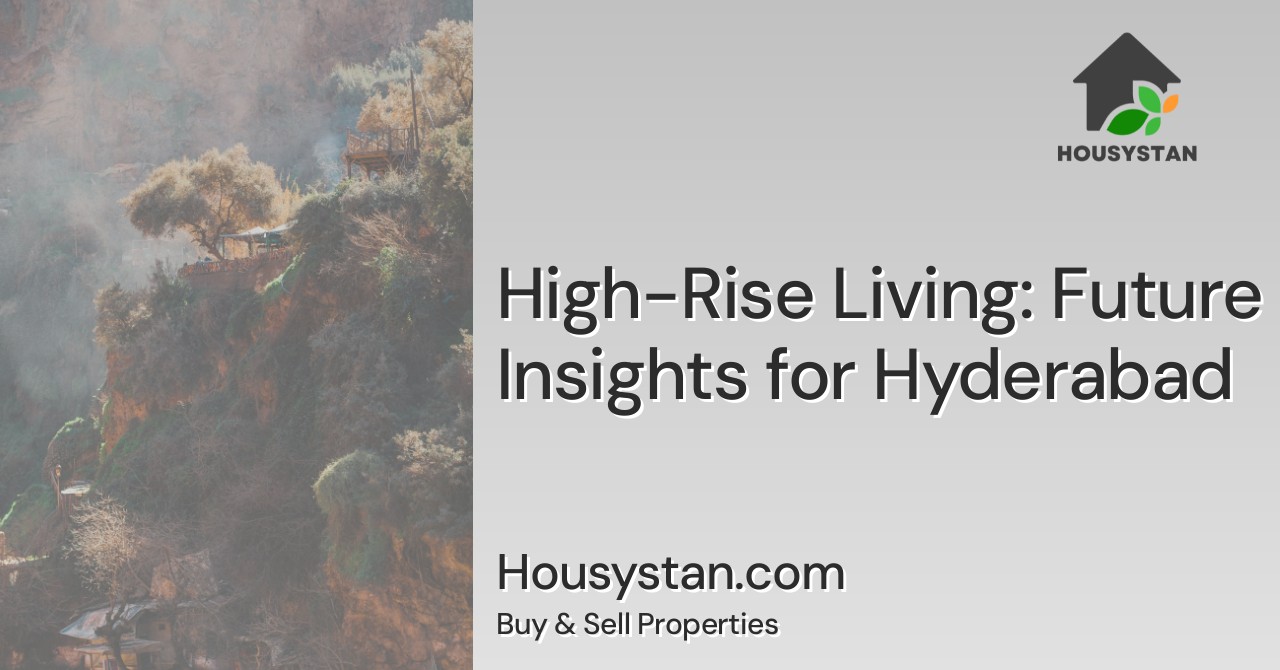High-Rise Living: Future Insights for Hyderabad
Read latest blogs and articles from Housystan

The Information mentioned here was last updated on:
4/1/2026High-rise living in Hyderabad is rapidly transforming the city’s urban landscape, offering a modern lifestyle that perfectly aligns with the aspirations of today’s residents. As Hyderabad emerges as a leading metropolitan hub in South India, the demand for vertical communities and luxury apartments continues to soar. Homebuyers and investors are increasingly seeking high-rise residences that offer not only panoramic city views but also unparalleled amenities and enhanced security, making these developments highly attractive for both families and professionals.
The future of high-rise living in Hyderabad looks promising, with innovative construction technologies, eco-friendly building materials, and sustainable design principles shaping the skyline. Developers are focusing on green spaces, rooftop gardens, rainwater harvesting, and energy-efficient systems to create environmentally responsible residential towers. These features not only contribute to a healthier lifestyle but also address the growing need for sustainability in urban environments. Hyderabad’s high-rise complexes are integrating smart home automation, advanced surveillance, and digital concierge services, ensuring convenience and peace of mind for residents.
Strategically located high-rise projects in localities like Gachibowli, Kondapur, HITEC City, and Kukatpally provide excellent connectivity to major IT corridors, educational institutions, shopping centers, and entertainment zones. This accessibility is a key factor driving the popularity of vertical living in Hyderabad. Furthermore, the presence of top-notch recreational facilities such as swimming pools, fitness centers, clubhouses, and landscaped parks within these communities enhances the overall quality of life for residents.
- Verified Tenants/Buyers
- Unlimited Property Listing
- Zero subscription/charges fee
Looking ahead, Hyderabad’s real estate sector is set to witness a surge in high-rise developments, catering to the evolving preferences of urban dwellers. Whether you are searching for a luxury penthouse with breathtaking cityscapes or a well-designed apartment close to work and leisure hubs, Hyderabad offers diverse high-rise options to suit every need. Choosing high-rise living in Hyderabad not only ensures comfort and convenience but also positions you to benefit from the city’s dynamic growth and future-ready infrastructure.